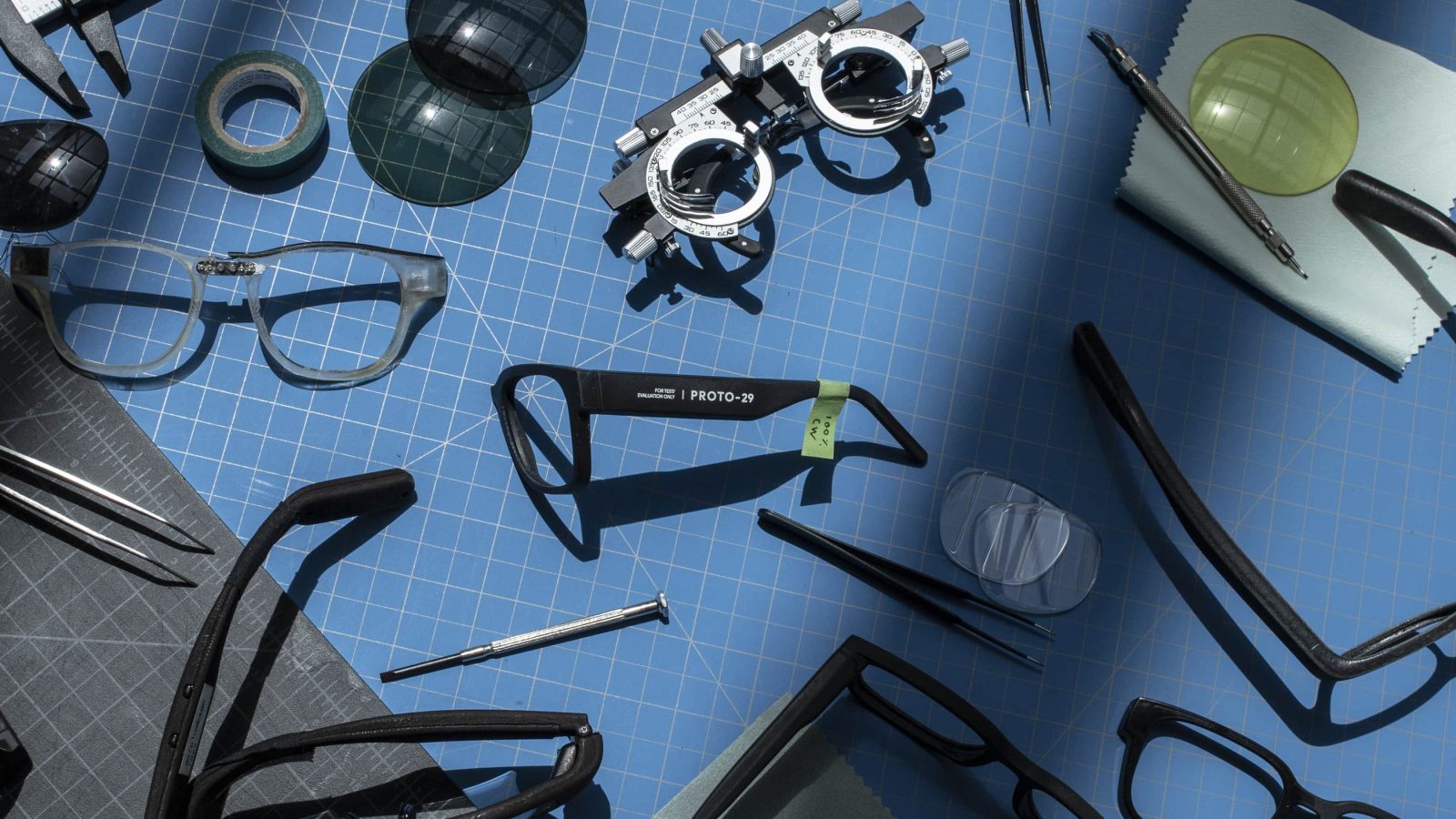
With longtime virtual and augmented reality boss Clay Bavor leaving next month, Google’s work on AR will now be overseen by Hiroshi Lockheimer and Rick Osterloh.
A source tells 9to5Google today that AR efforts previously under Bavor’s purview are being moved into Lockheimer’s Platforms & Ecosystems division and Osterloh’s Devices & Services. As such, there won’t be a direct replacement for Bavor’s role.
Devices & Services already encompasses Pixel phones, the upcoming Pixel Tablet, Pixel Watch, Fitbit, Chromecast, and Nest speakers, displays, and cameras. This move is not overly surprising as the 2020 acquisition of a smart glasses company was announced by Osterloh. At the time, he said that “North’s technical expertise will help as we continue to invest in our hardware efforts and ambient computing future.” Google is already testing AR prototypes in public.
Meanwhile, AR being placed within Platforms & Ecosystems makes a great deal of sense following this month’s announcement of a partnership with Samsung on XR devices. Android is Google’s contribution there, with a version of the OS for wearable displays expected. This will further Android’s OEM model into a new form factor following phones, tablets, wrist-worn wearables, TVs, and cars.
Google’s hardware and OS teams have a proven track record of shipping at scale. This new arrangement, which is still being finalized internally, mimics today’s Android OS and Pixel hardware relationship.
The company already has Google Lens visual search and Google Maps Live View AR navigation, with CEO Sundar Pichai noting last May that “AR capabilities are already useful on phones and the magic will really come alive when you can use them in the real world without the technology getting in the way.”
At the start of this month, Lockheimer cited Lens and Live View as being “prelude” to its long-term vision.
FTC: We use income earning auto affiliate links. More.





Comments